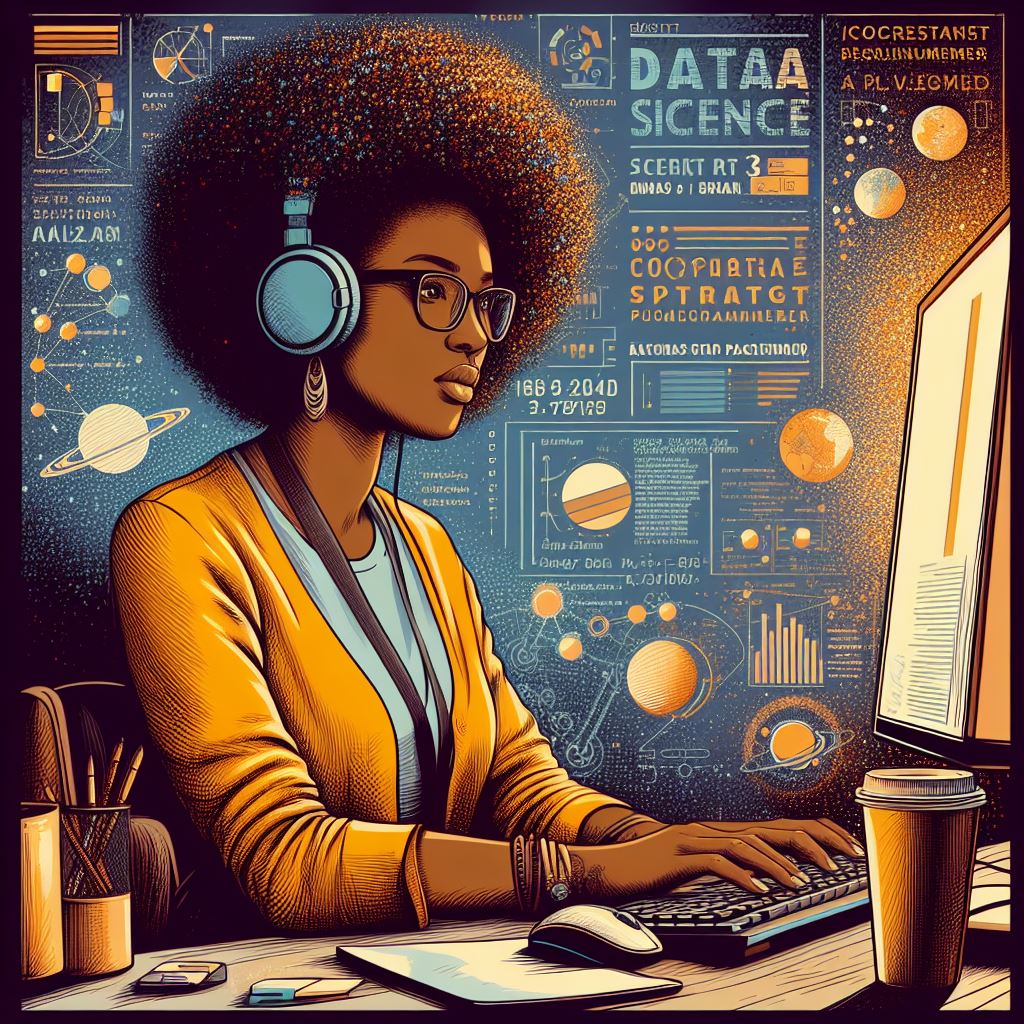Few-shot learning is a powerful concept in the field of machine learning (ML) that focuses on teaching models to learn effectively from only a small amount of data. Unlike traditional machine learning models, which typically require vast amounts of labeled data for training, few-shot learning aims to build intelligent systems capable of generalizing from limited examples. This emerging approach has profound implications for a variety of applications, from natural language processing (NLP) to computer vision, and is poised to revolutionize the way AI systems are developed.
At its core, few-shot learning seeks to mimic how humans learn—often with very few examples. For instance, a human child can recognize a new object after seeing it only a few times. In contrast, conventional machine learning algorithms often struggle to generalize from a small number of examples, making few-shot learning a significant area of interest in the AI research community.
Key Techniques in Few-Shot Learning:
Several key techniques have been developed to enable few-shot learning. One of the most prominent approaches is meta-learning, or “learning to learn.” Meta-learning algorithms are designed to learn from a wide range of tasks, enabling the model to adapt quickly to new tasks with minimal data. This allows models to generalize better when faced with limited data in specific scenarios.
Another critical approach in few-shot learning is transfer learning, where a model pre-trained on a large dataset is fine-tuned on smaller, domain-specific datasets. This method leverages the knowledge acquired during the initial training to improve performance on tasks with limited data. Transfer learning is commonly used in fields such as image recognition and NLP, where large-scale models can be fine-tuned for specialized applications, like medical image analysis or sentiment analysis.
Few-shot learning has also seen advancements with the introduction of techniques such as prototype networks, which learn representations of classes in a way that allows the model to classify new examples with just a few instances. Additionally, the concept of memory-augmented neural networks (MANNs) enables models to store and recall previous experiences, making it easier for them to generalize to new tasks with fewer examples.
Applications of Few-Shot Learning:
Few-shot learning has broad potential across numerous fields. In computer vision, for example, few-shot learning models can help improve object recognition systems, especially in areas where labeled data is scarce, such as in medical imaging or rare species identification. By using only a handful of labeled images, these models can identify new objects or diseases with high accuracy.
In natural language processing (NLP), few-shot learning has been applied to tasks such as text classification, sentiment analysis, and machine translation. By learning from minimal labeled data, NLP models can be adapted to handle specific languages or specialized domains without requiring a massive corpus of data. This is particularly useful in low-resource languages, where large datasets are often unavailable.
Few-shot learning also holds promise in robotics, where robots can be trained to perform new tasks by observing a few demonstrations, rather than needing extensive datasets for each new skill. This ability to quickly adapt to novel environments and tasks makes few-shot learning a game-changer in autonomous systems.
Challenges and the Road Ahead:
While few-shot learning has made significant progress, it still faces several challenges. One of the main hurdles is the problem of overfitting, where the model becomes too specialized to the small training set and struggles to generalize. Additionally, acquiring high-quality data for even a few examples can be difficult in some domains, especially in fields where expert knowledge is required for annotation.
Despite these challenges, the potential of few-shot learning is immense. As researchers continue to develop new techniques and improve existing ones, the ability for AI systems to learn effectively from minimal data will continue to grow, opening up new possibilities for applications across industries. In the near future, we can expect more robust few-shot learning models that can revolutionize how AI is applied in real-world scenarios.
5
